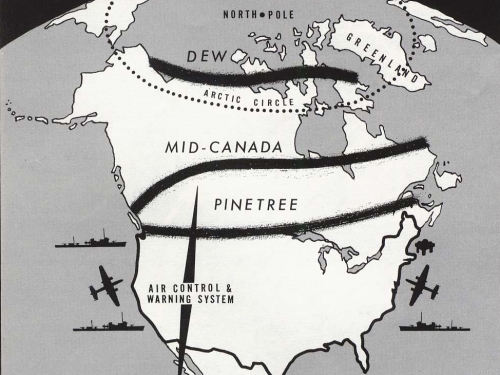
This article was originally published by The Conversation on 21 July, 2015.
In the early days of his first term, US president Barack Obama gave a speech in Prague in which he called for a world without nuclear weapons. His argument was based on a risk assessment:
In a strange turn of history, the threat of global nuclear war has gone down, but the risk of nuclear attack has gone up. More nations have acquired these weapons. Testing has continued. Black market trade in nuclear secrets abound. The technology to build the bomb has spread. Terrorists are determined to buy, build or steal one.
Even leaving aside the recent historic deal with Iran, this is a problematic interpretation. It ignores the important historical context. As far as the risk of nuclear weapons is concerned, there is no fundamental difference between the Cold War and today’s world. Research has found that terrorist groups are not too keen to acquire nuclear devices. Most of the countries that Western societies would regard as especially risky today (such as Iran and North Korea, Pakistan and India) already began their nuclear programmes during the Cold War. Moreover, history has shown that what matters in terms of risk is not whether or not a country has nuclear weapons: it’s what it intends to do with them. And that we often don’t exactly know.
